BYU mechanical engineering students created Lego renderings of BYU campus buildings for their engineering class.
The BYU Design Review challenged students to “design Lego-architecture style models of BYU buildings” and compiled these renderings into an article highlighting the creativity and engineering each building took to make.
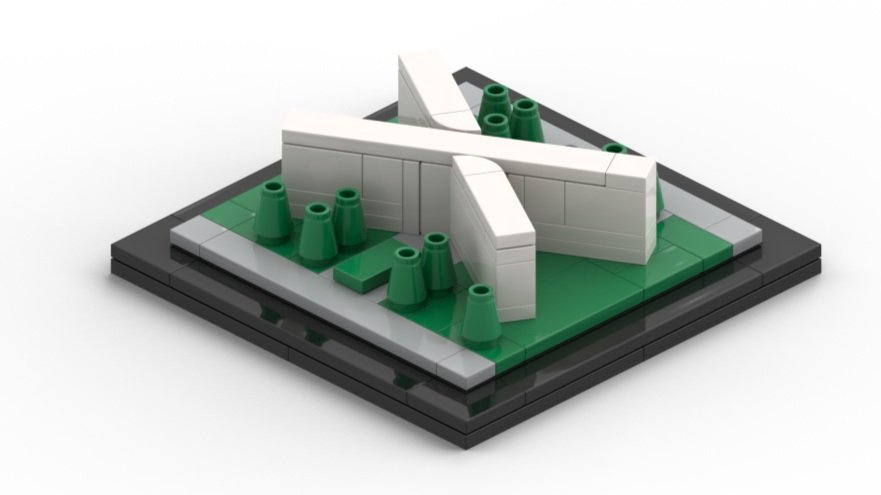
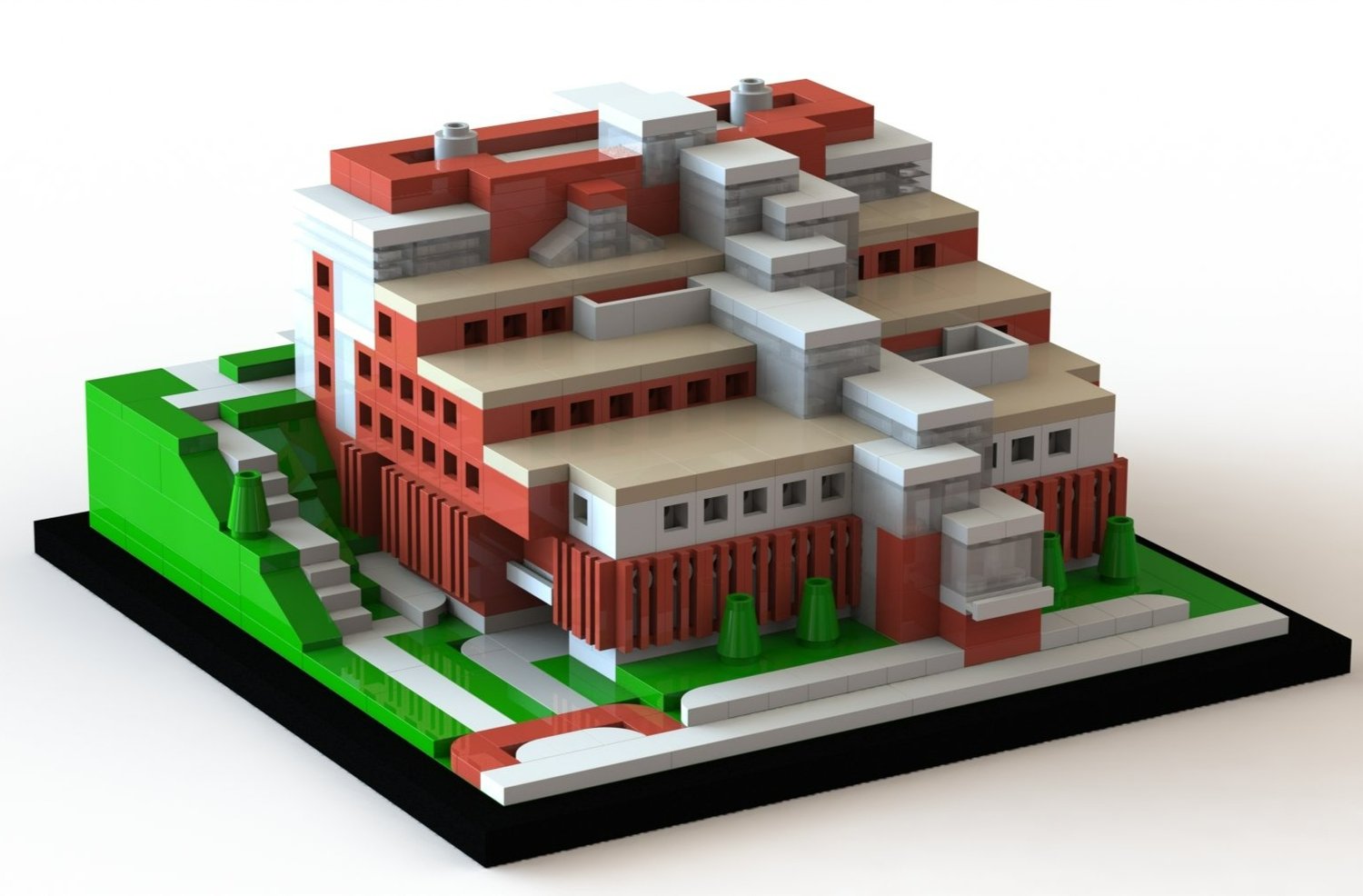
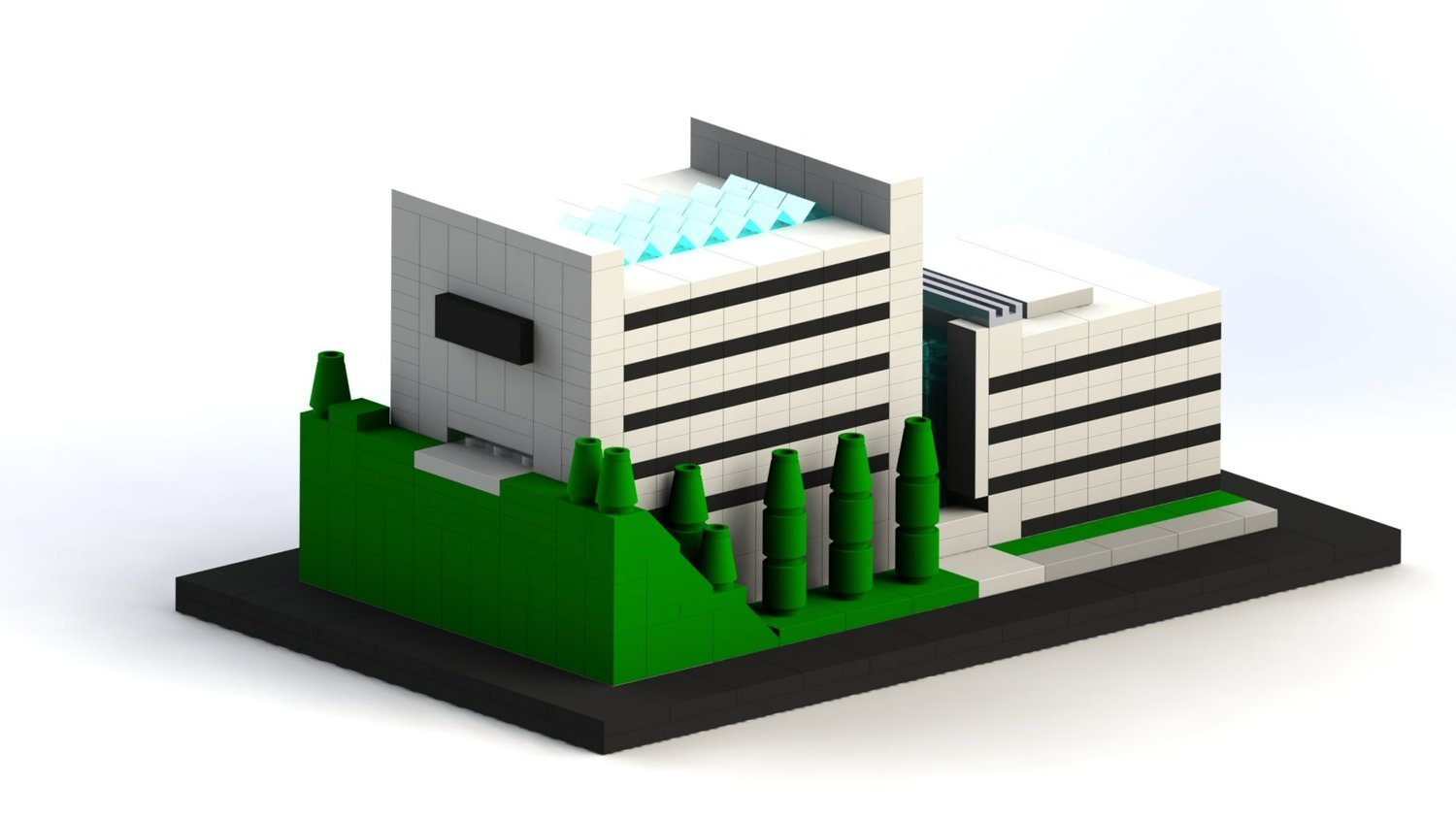
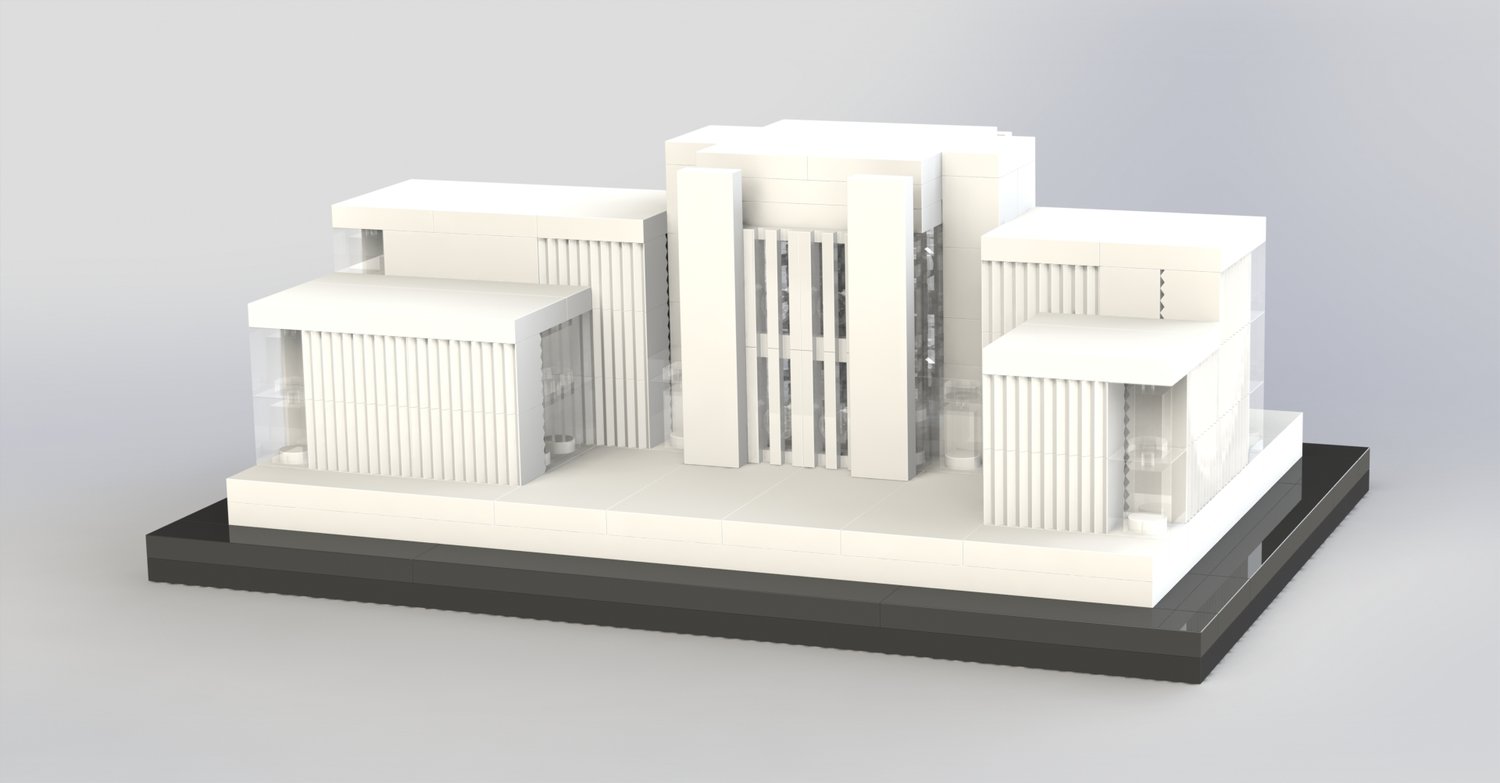

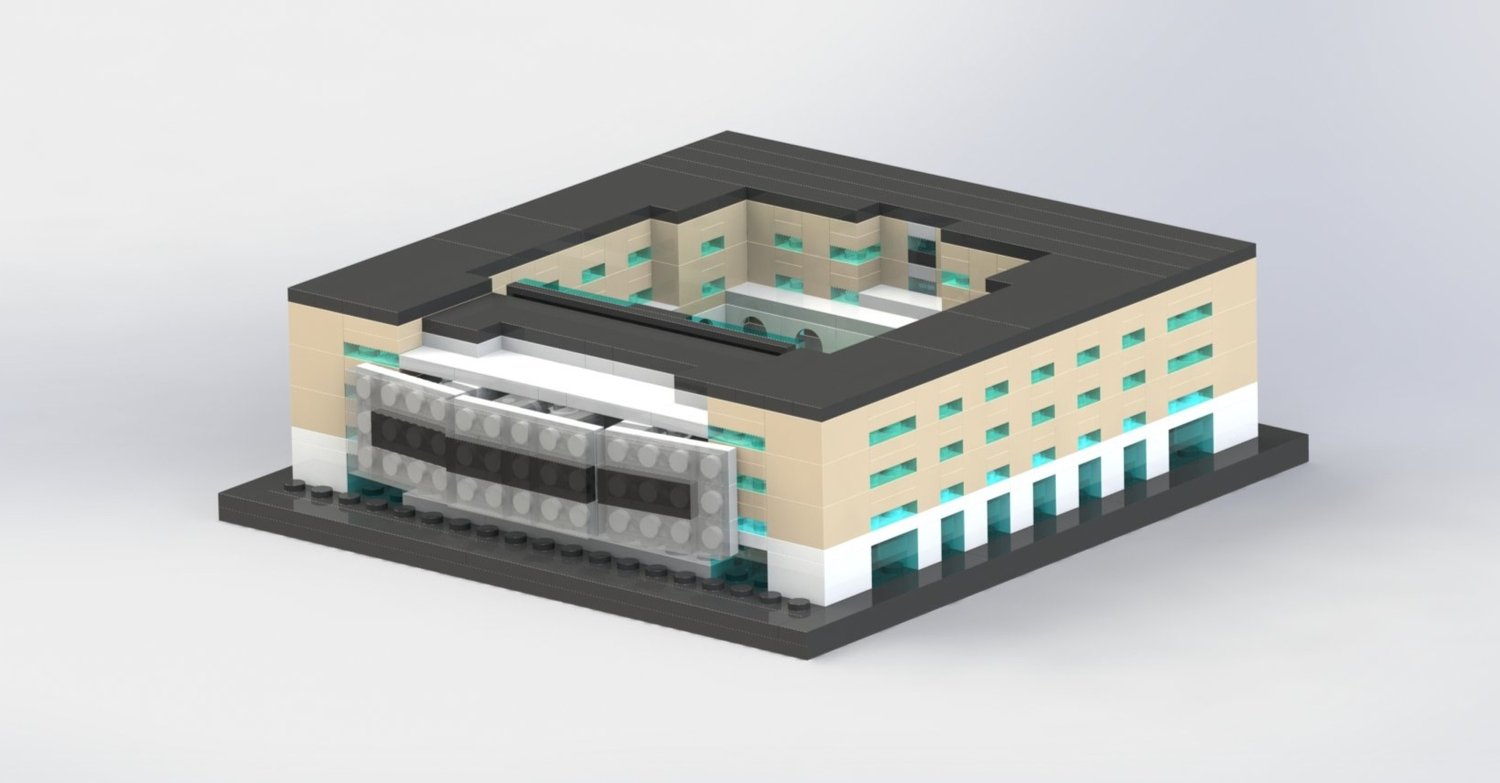
Dr. Chris Mattson, a professor of mechanical engineering at BYU and co-founder of the BYU Design Review, introduced this Lego project to his students in Mechanical Engineering 272 to help them learn computer-aided design.
“Believe it or not, engineering is a very creative endeavor. We love to invent and create things,” Mattson said. “For the Lego project, students are practicing the CAD modeling process, CAD assembly and creatively representing a well-known building.”
Samuel McKinnon, a senior in the mechanical engineering program and student editor of the BYU Design Review, said the process is a creative challenge.
“You have to take all of your virtual bricks and assemble them into a building, and it’s a pretty difficult task because you’re constrained by the dimensions of the Lego bricks, what Lego bricks are commercially available and, just since it’s on a small scale, you have to make really intelligent design decisions to capture the essence of the building,” McKinnon said.
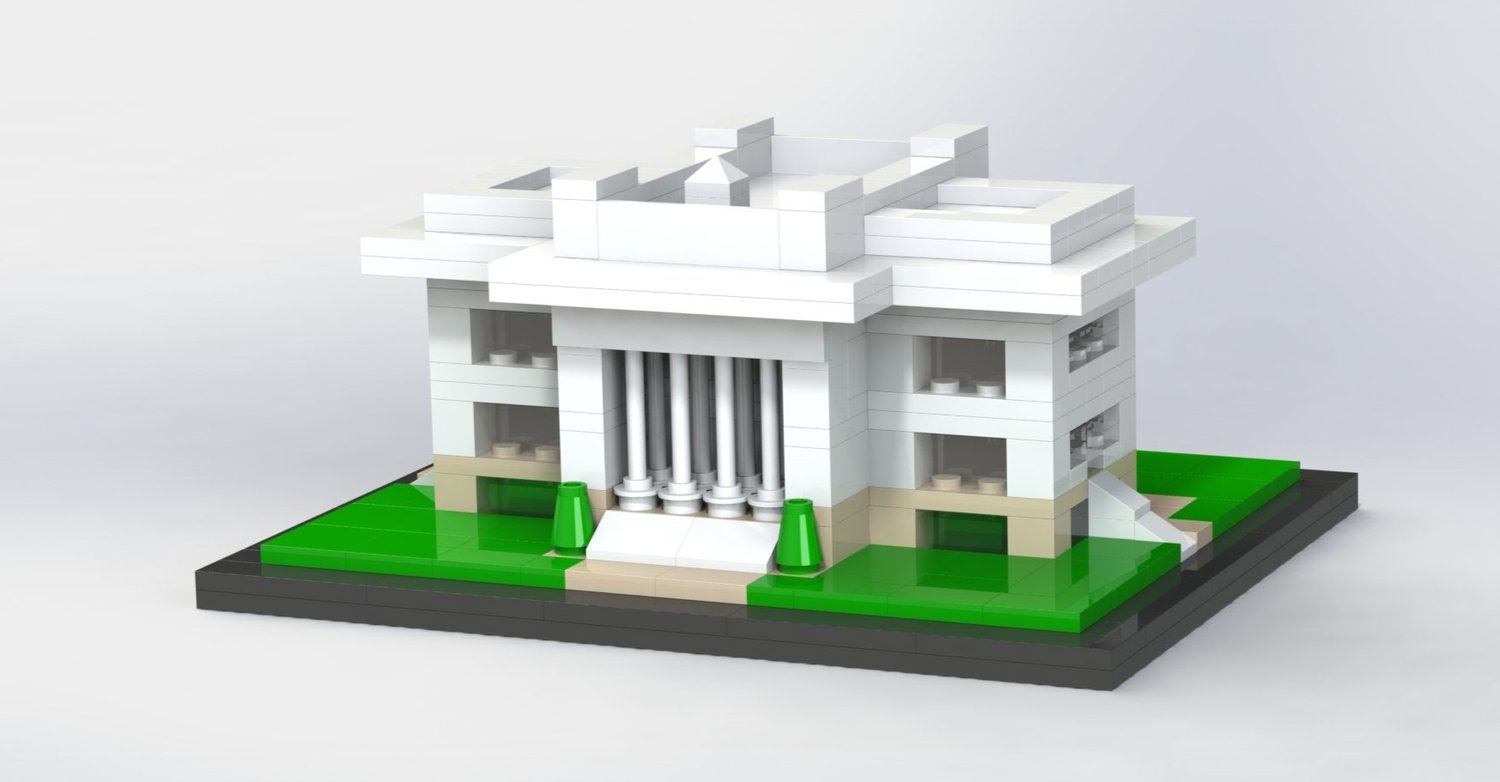
BYU mechanical engineering student Emily Brown created the Maeser Building Lego model.
“It was a long process full of trial and error, but I definitely learned a lot from it,” Brown said. “I love Lego like any good engineer does, as well as 3D CAD modeling, so it was an enjoyable project for me.”
Mattson’s engineering class Lego project has accumulated a lot of submissions for Lego buildings, ranging from famous structures to Latter-day Saint temples and BYU campus buildings. The BYU Design Review decided to showcase the BYU structures in their article because they wanted “to share them with people who have a connection to those buildings.”
“Unlike any other article on the BYU Design Review, we created the BYU Campus in Lego article for the BYU audience,” Mattson said.
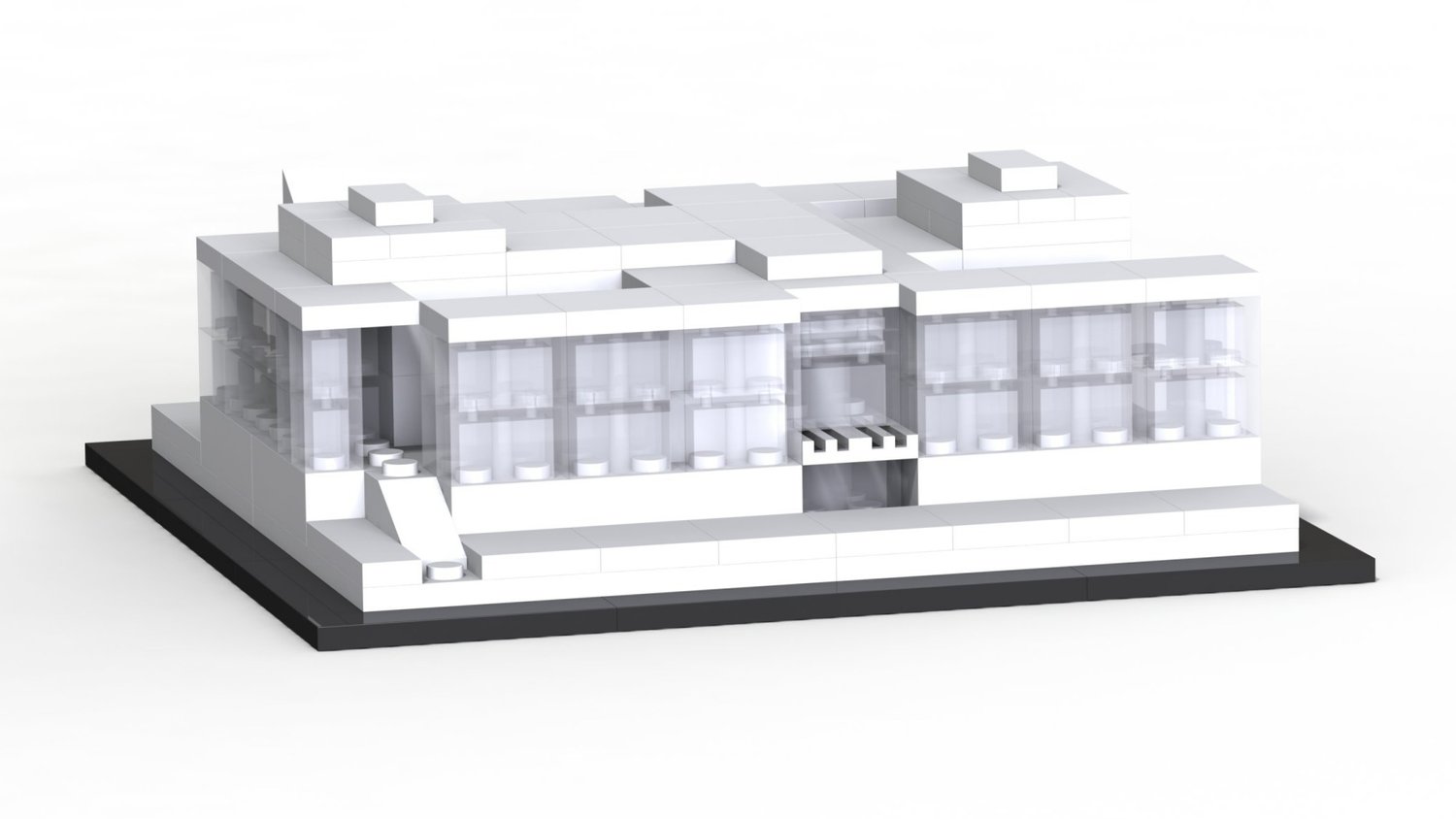
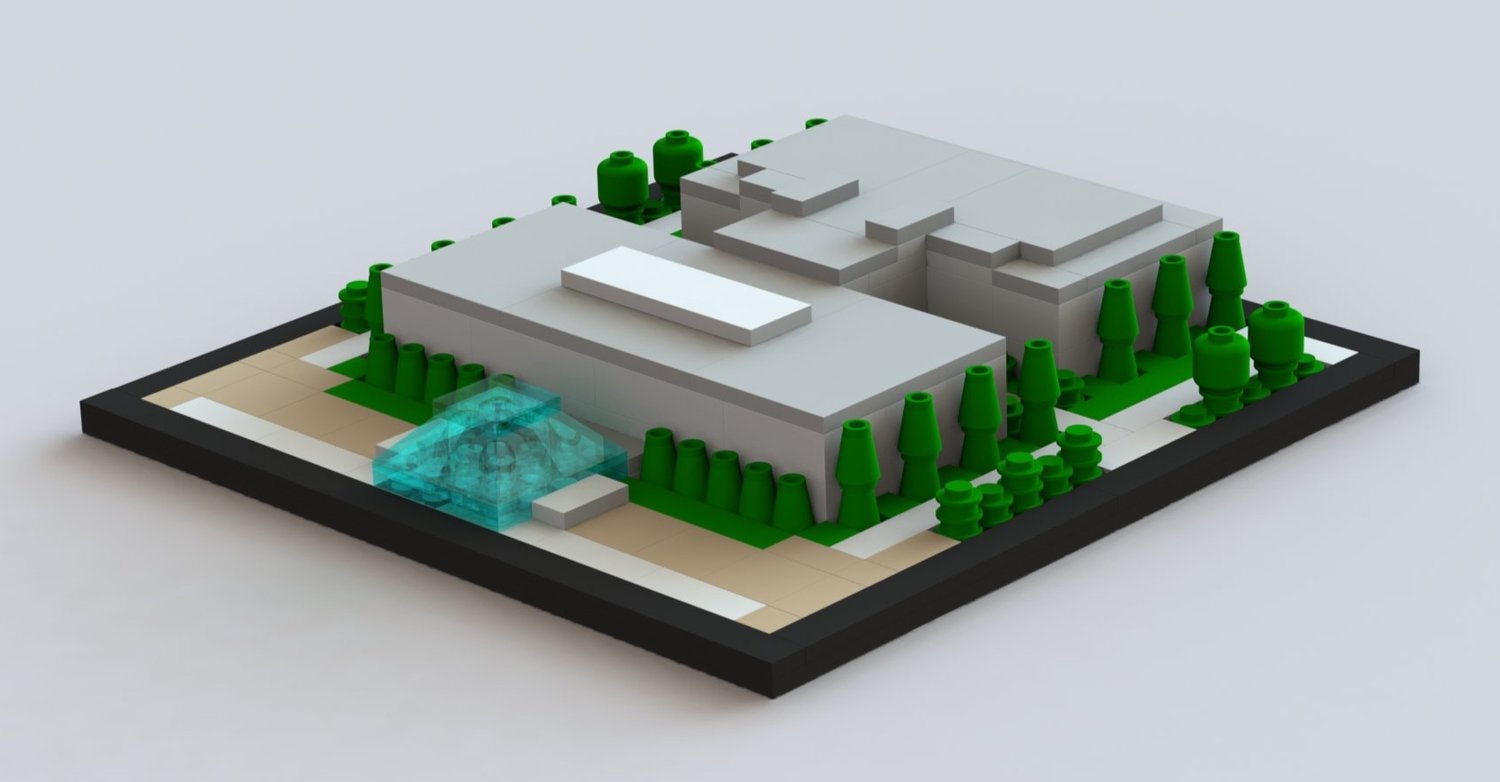
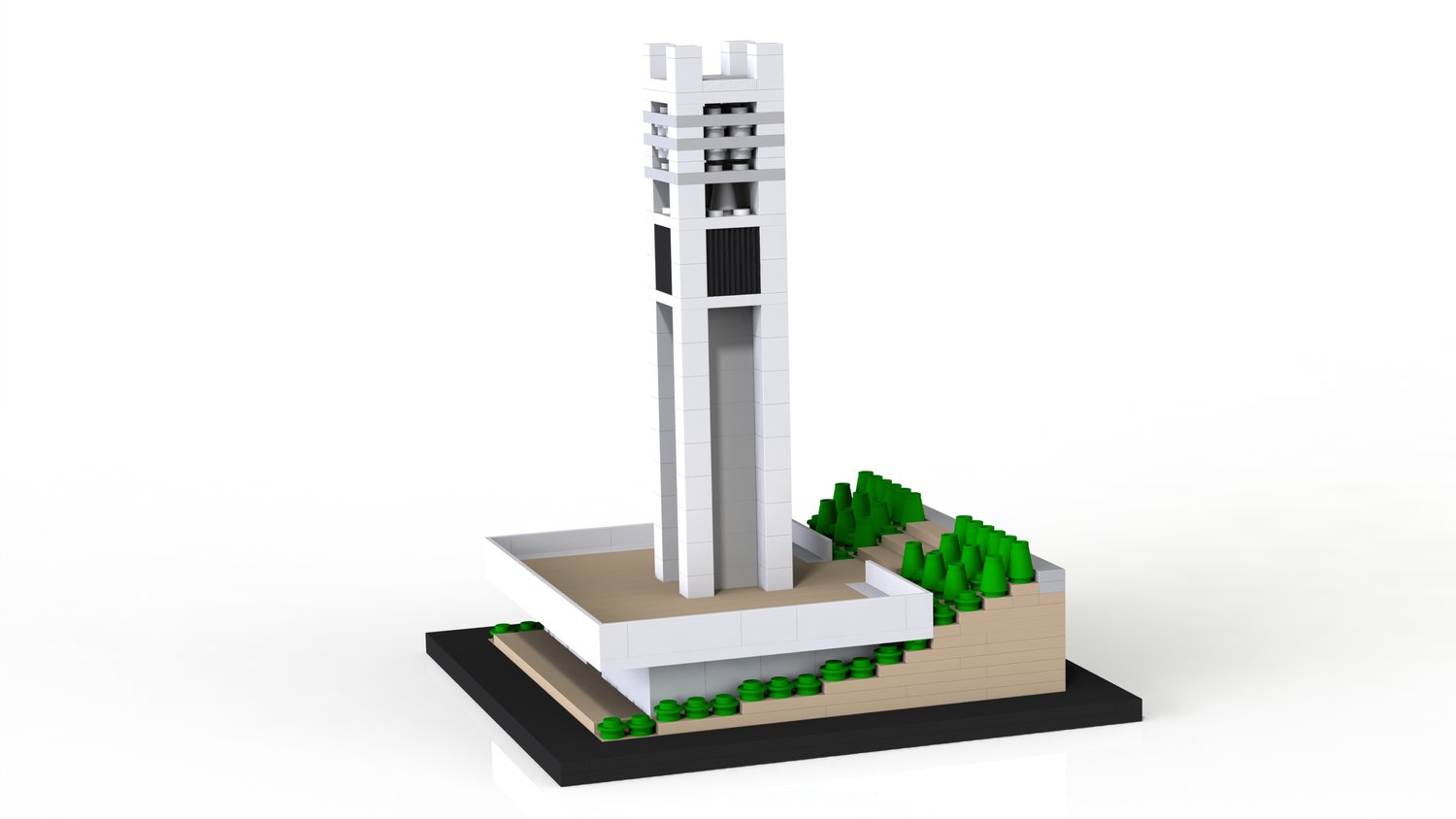
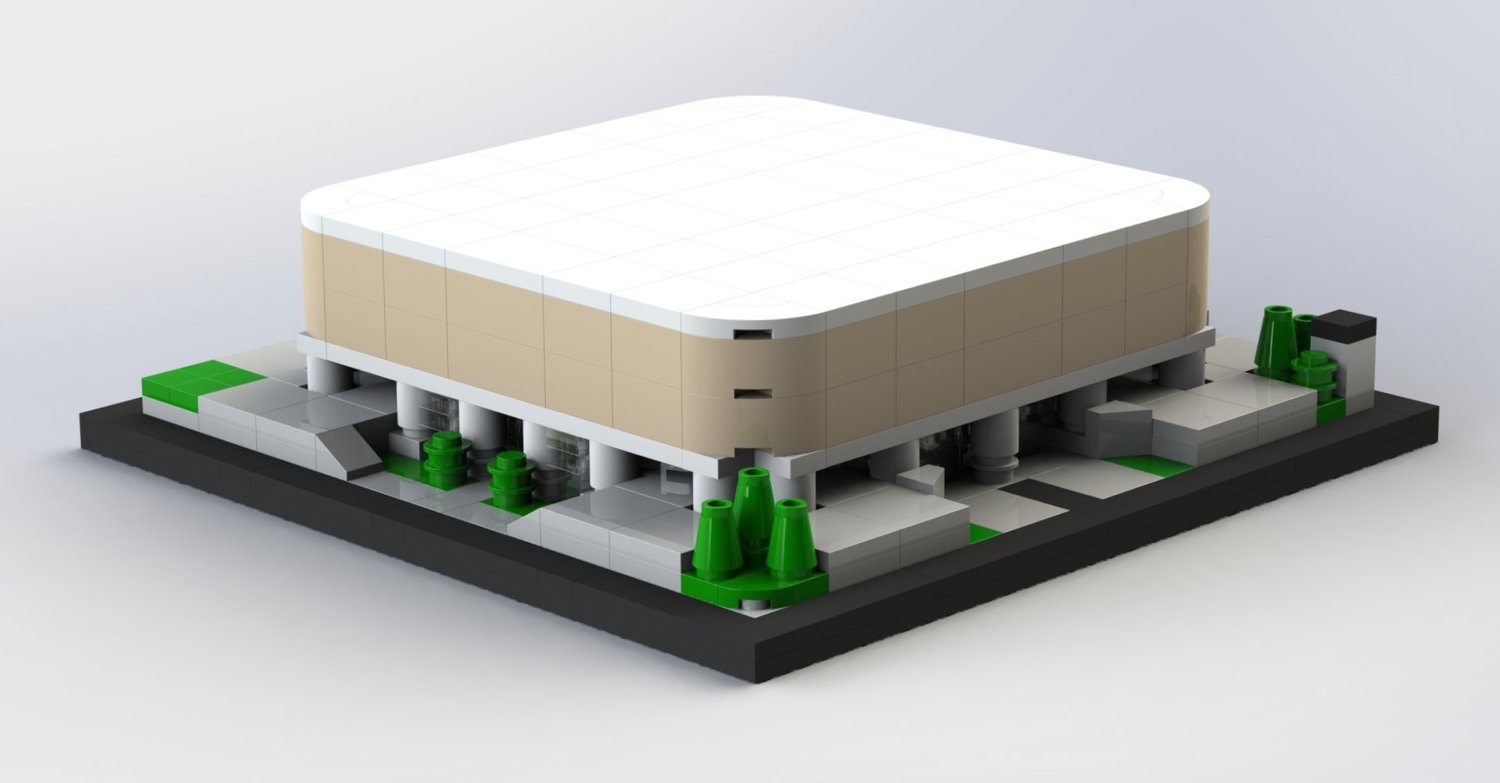
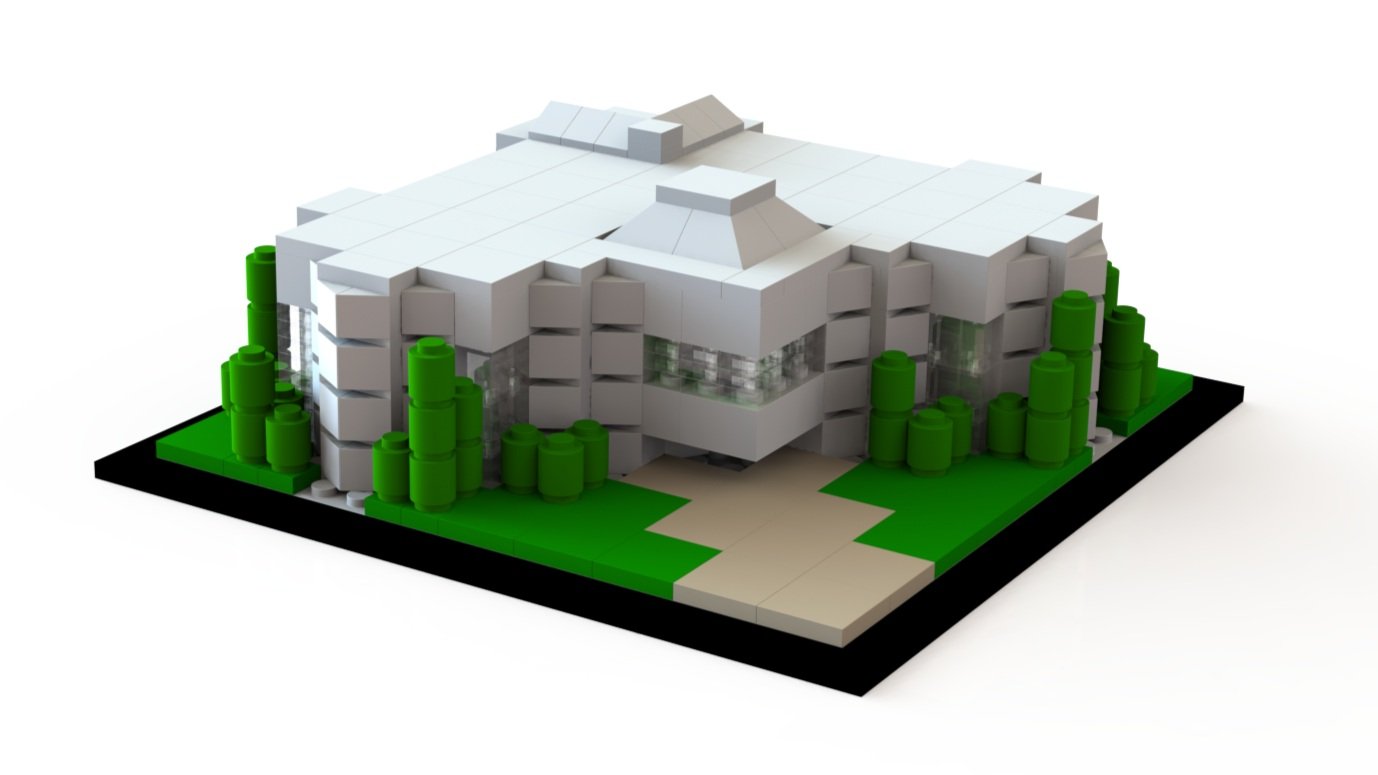
McKinnon said he thought the Lego buildings could start interesting discussions. “Ultimately, we thought it would be fun, exciting, inspirational, something that people would be interested in,” McKinnon said.
The BYU Design Review released the article during homecoming week after positive reactions to their story “The Lego Brick.”
“I feel like it’s safe to say that a lot of people, when they think of engineering, creativity might not be the first thing that comes to mind. Personally, I would want to push back against that idea because I believe that creativity is really important for a lot of different reasons,” McKinnon said.
McKinnon also said structures or rules within engineering do not get in the way of creativity.
“Though there are constraints being put on for designers, they’re still able to exercise amazing creativity,” McKinnon said. “They did some awesome design work, and I think that’s just a small example of how the constraints that we have, just because of the physical world we operate in, don’t limit what we can do.”




